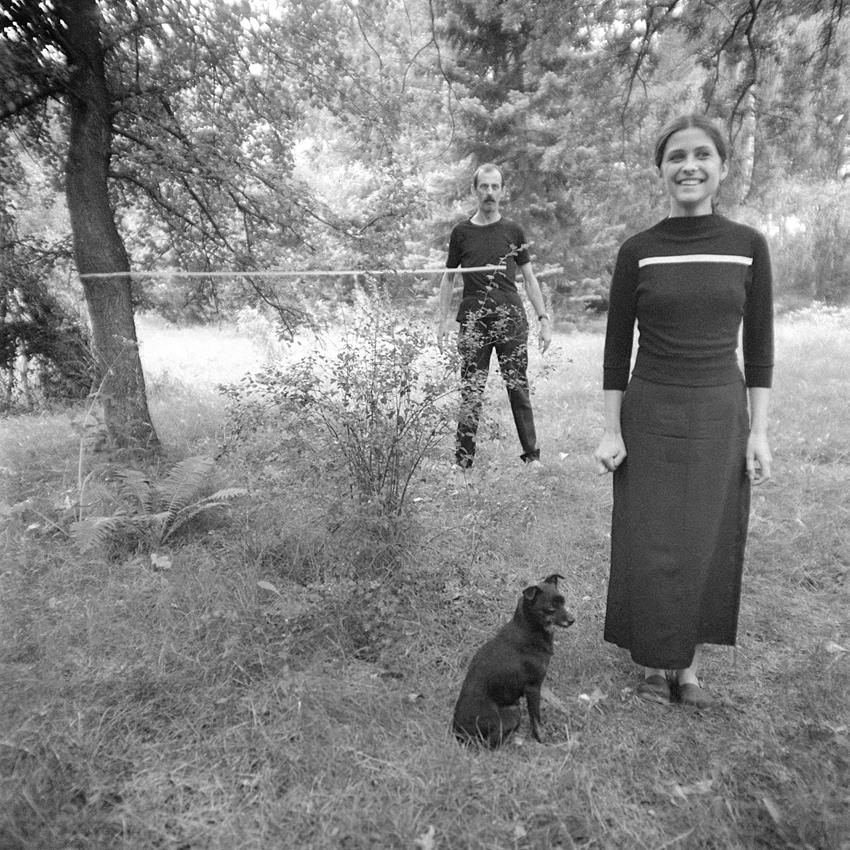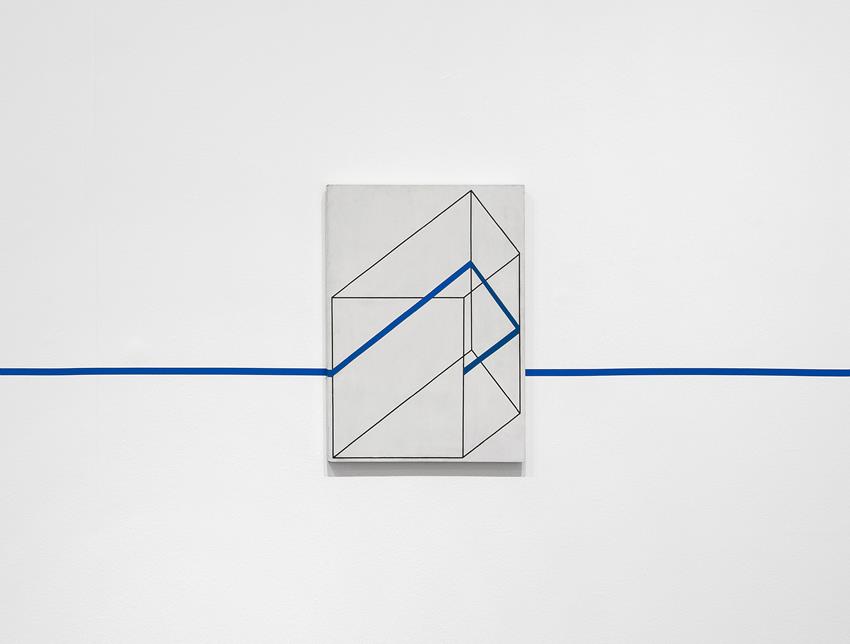Edward Krasiński
News — Apr 24, 2017
Amsterdam, April 24, 2017 - Edward Krasiński (1925–2004) was a seminal figure in the Polish avant-garde of the 1960s and ’70s. Currently, his work is being rediscovered by a younger generation of artists and curators. Following its opening at Tate Liverpool, the first retrospective of one of Eastern Europe’s most significant artists will now be on view at the Stedelijk Museum Amsterdam. The exhibition examines his entire oeuvre, from the sculptures of the early 1960s, constructed using found materials, to his later installations, and emphasizes his experimental approach to making objects, spatial installations, and exhibitions.

Inspired by prewar avant-garde movements such as Polish Constructivism, Krasiński’s work combines a wry sense of humor and a fascination with chance. The retrospective features over fifty works, including suspended objects and wire sculptures, that testify to his interest in sculpture as line. In 1968 he introduced blue Scotch tape into his work. This simple, ready-to-use material, with which he connected spaces and objects, would become his trademark. Explaining its role in his work, he said, “I place it horizontally at a height of 130 centimeters everywhere and on everything. I encompass everything with it and go everywhere.”
The turbulent summer of 1968 saw Polish students and intelligentsia protesting for greater freedom. After quashing the revolt, the government prohibited gatherings of more than three people. Krasiński and his friends challenged the regime by organizing Farewell to Spring, a ball to which the most influential figures of the Polish avant-garde were invited. Held in a carnivalesque setting, the event was a fusion of installation, happening, and party. It was an important moment for Krasiński – from that point on, his focus centered on transforming his immediate environment.
The exhibition presents spatial installations by Krasiński in which he paired photography and sculpture. Krasiński’s Warsaw studio – where he lived, worked, and hosted gatherings of artists, writers, and intellectuals – is the subject of a film, Edward Krasiński’s Studio (2012), by French-American filmmaker Babette Mangolte. The retrospective also explores the less well-known performative aspects of his work, as well as his connection with artists such as Daniel Buren and Tadeusz Kantor.

Krasiński and the Stedelijk Museum |
|
Krasiński’s work is related to the minimal and conceptual art movements of the 1960s and ’70s, international movements that are amply represented in the Stedelijk Museum’s collection. While Krasiński’s oeuvre, itself a valuable contribution to modern art, has been rediscovered in recent years by a younger generation of artists and curators, it remains largely unfamiliar to the general public. According to curator Leontine Coelewij, “Krasiński is comparatively unrecognized because we previously knew very little about what went on in the communist countries behind the Iron Curtain. At the time, we were hardly aware that modern art was also being made in Poland. This exhibition underscores the significance of his career, which spanned four decades. |
About the artist |
|
Krasiński was born in 1925 in Lutsk (now Ukraine) and studied at the art academy in Kraków during the 1940s. In 1954 he moved to Warsaw, where he met a group of artists and critics inspired by the avant-garde and with whom he founded Foksal Gallery, the leading platform for progressive art in Warsaw from 1964 onwards. During his lifetime, Krasiński exhibited widely in Poland, also in New York, Paris, and Tokyo (Tokyo Biennale, 1970). |
Publication |
|
The exhibition is accompanied by a catalogue with essays by Jean-François Chevrier, Kasia Redzisz, Karol Sienkiewicz, and Stephanie Straine, which place Krasiński in the context of the avant-garde tradition and international minimalism while also examining the performative aspects of his work. |
Note to editors
For more information and images, please contact the Press Office of the Stedelijk Museum, +31 (0)20 573 26 660 / 656 or pressoffice@stedelijk.nl

